Last Resorts
Research and Destroy
Preface (2024)
Movements often fail by attempting to replicate prior success. The West Coast Port Blockade of December 2011 — criticized in advance by the text reproduced below — was organized superficially on the model of the November 2 blockade of the Port of Oakland by Occupy Oakland, but in generalizing from that example missed what was so exciting about that first blockade and about the movement more broadly. The communiqué reproduced here, “Blockading the Port Is Only the First of Many Last Resorts,” could little hope to deflect this process. The second port shutdown had already been organized in a way that made Occupy Oakland into a labor auxiliary, giving as its prime reason a rather obscure (if explosive) jurisdictional dispute between the ILWU and another union concerning the grain port of Longview, Washington. This particular dynamic joining Occupy and the ILWU was set in place by a small group of activists with connections to the consistently militant ILWU 10 in Oakland and the radicalized workers in Longview. Outside of Oakland, in the rest of the Pacific Northwest and Los Angeles, there was however little interest from the longshoremen in social movement unionism.
Struggling always to unify the varied social fragments of its participants, Occupy was peculiarly subject to the draw of an external orientation. In rendering Occupy a labor auxiliary, activists followed a well-worn groove used in previous shutdowns of the port, notably the alliance of Direct Action to Stop the War and the longshoremen during Gulf War 2. ILWU 10 has a special clause in its contract which allows them to cease work for reasons of “unsafe working conditions.” When the union wants to do a solidarity strike, it invites activists to picket in front of their gates, allowing them to invoke this clause and strike work (temporarily). But something quite different had happened on November 2nd, when around thirty thousand people stormed the port. There was nothing to invoke, nothing to be decided. No one could get into or out of the port for as long as we were there. Most who blockaded the port that day had never heard of Longview, WA and were there out of solidarity with Occupy Oakland, which had been violently repressed by the city, and with the Occupy movement more broadly, under attack across the country.
Here was the model which was to be replicated, not Occupy performing at the gates for a union bureaucrat to certify. And in some sense this model has been. We are blessed here in Oakland with a port that can be easily be blockaded at its two entrances, causing an instant crisis for the city and for capital broadly — but the outcome is possible elsewhere, as we have now seen time and again. This broadsheet’s predictions about a new era of blockades, once heretical, now verge on the banal. A long history of land actions, on this continent rightly associated with Indigenous resistance to dispossession, has made its way into the tactical ensemble of every significant social movement for a wide set of reasons: the recentering of the state’s role in commanding land for capital; intensifying climate despoliation; the tactic’s accessibility to those the broadside called “vagabonds”; more still. Nonetheless the Taft-Hartley song and dance at the port of Oakland persists, and in years since we have seen actions at the port more and more scripted, more and more dispiriting and disempowering.
This dynamic does not arise from some abstract deference to labor as an ethical matter, nor from somewhat less abstract claims about who produces value and/or has leverage over the economy writ large. Matters often appear more practical and more local: unions by definition possess the capacity for certain kinds of organization, while workers have hard-won knowledge of their workplaces’ operations and in turn the embodied experience useful in making such places inoperable.
These offer a waning rationale, however. In the case of the second blockade in 2011, we see among other things unions setting their capacities against each other: organization in this sense can produce coordination’s opposite. The institutional forms that allow for organization can also render unions inertial, slow-moving, and ever-harder to mobilize the farther the concerns stray from defensive position-taking regarding wages, security, jurisdiction.
Moreover, a capacious understanding of the worksite and its political-economic role is, at least in some cases, no longer the privileged province of those who work there. This is peculiarly true of ports and similar nodes. Even as some theorists have argued that the complexification of global capital makes it ever harder to locate ourselves within it, an oddly sophisticated sense of the logistical circuits comprising planetary supply chains — what we might call Circulation World — now feels like a kind of public knowledge when it is not a public spectacle. It is impossible not to encounter each year some new example of that steel-and-gossamer network’s breakdown confronted with interference at a vulnerable juncture. Neither can one miss that breakdown’s significance for companies and consumers, stores and states — the practical totality of capitalism lurching into view in the moment of its fracture. We have seen increasingly high-profiles examples of port actions in relation to, e.g., arms and supply shipments to Israel, an activist tactic now circulating under the heading “Block the Boat.” But we have also seen, in recent years, similar interruptions arising from the Evergiven’s grounding in the Suez Canal; the Ansar Allah blockade of the Red Sea; the drought presently emptying Gatún Lake and constricting Panama Canal traffic. Accidental Block the Boat, Military Block the Boat, Climatological Block the Boat — the effects of each visible from space. We are all counterlogisticians now.
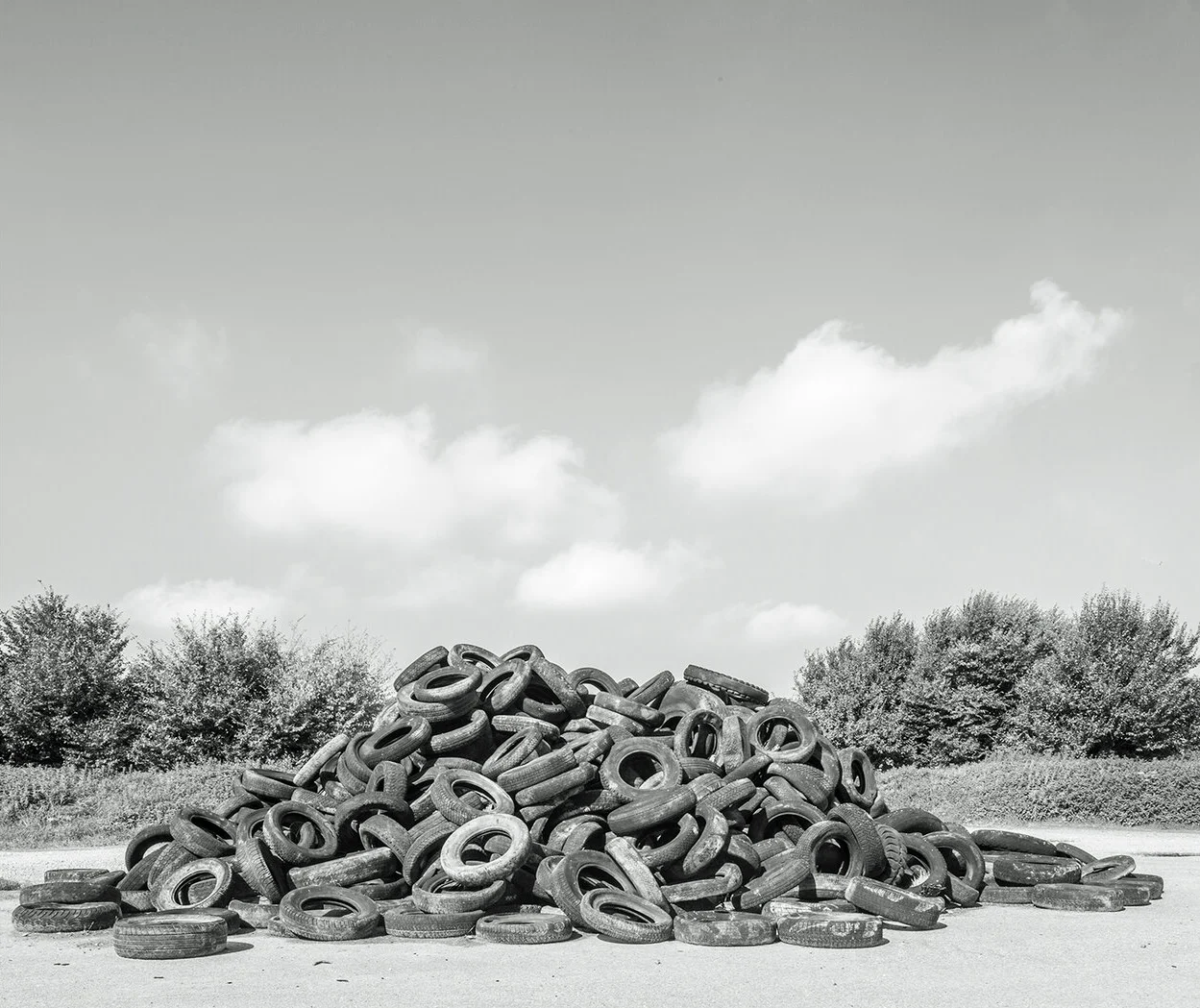
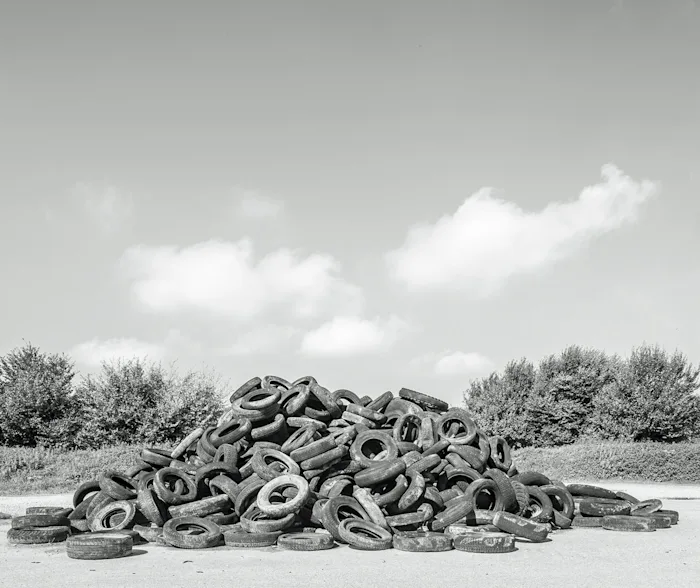
The claim that it is hard to locate ourselves in the present is meant as well to describe the erosion of the social ground that oriented and was oriented by class conflict in the previous century. This is harder to dispute. That too is a crucial path of the original essay, following a divergence between the laboring classes (in idea and actuality both) and a proletariat that includes as well the vast and swelling contingent of the more-and-less durably wageless. Here the broadside was clarion: there may be no more significant reckoning before us than that which engages with the political significance of this divergence, including its implications for forms of struggle. This is true not least in what it implies for our understanding of “organization” itself, and whether or not it must rely on the narrow forms of organization associated with the historical worker’s movement and the political party.
It is this ensemble of developments that in no small part recommend the counterlogistical blockade in the present, as more and more “unsituated proletarians” (per Mattie Armstrong-Price’s eloquent formulation) seek out direct actions practically available to them. One need only consider, as an example among many in the intervening years, the Gilets jaunes movement and its counterlogistical blockage of roundabouts across France and beyond — involving regular, surprising, and charismatic coordination beyond conventions or organizational norms.
As that contentious example intimates, however, the generalization of the blockade should not lead us to the conclusion that all such actions therefore express the interests of the proletariat as a class, revolutionary or otherwise. Form-determined by development of capital and its states, such blockades may nevertheless take the side of state and capital. We are obliged to recognize in the years since “Blockading the Port” the appearance of what we might call the countercounterlogistical blockade.
This is an action that takes up the form, the objects, and the grammar of logistics and of the counterlogistical blockade toward bolstering state/capital power, or demanding more of it. We might think of the recent barricading of People’s Park in Berkeley, California, a long-contested patch of earth, with an encirclement of shipping containers — against a local population intent on preserving it as a hard-earned if limited commons by preventing real estate development. The state’s maneuver here echoed the use, in Gothenburg, Sweden of shipping containers to trap activists who had converged to disrupt the EU economic summit in 2001. Gothenburg has the largest port in the Nordic countries, which explains why there were so many available shipping containers to hand; Oakland, once the largest West Coast port, remains a massive infrastructural armory. Capital’s circulation hubs, increasingly vulnerable to blockade, might equally provision the police et al. against such actions.
At once more comical and more menacing, recent years have seen the rise of mobile blockades comprising terrestrial vehicles, from cars to tractors but oriented by large trucks — more shipping containers! — meant to halt passage, hobble commerce, and snarl cities. Shaped by geographical as well as political-economic affordances, they inevitably draw, likely unknowingly, on a modern history commencing in the Sixties with Indigenous blockades of international and commercial bridges linking the US and Canada across a border that often transects reserve lands. And so it is perhaps appropriate that the most concerted of these blockades, the Canadian “Freedom Convoy,” brought its proudly reactionary while still hopelessly muddled politics to four different border spans in 2022, protesting state-imposed vaccination mandates while at the same time militating for massive expansions of state power, led regularly by politicians for whom the brown shirt is always just one wardrobe change away.
Here we hit upon what was not at all clear to us in 2011. Few of us predicted a resurgent far right. And many of us were surprised, though perhaps we should not have been, by the degree to which tactics we practiced that year would soon be, already had been, replicated by fascists and white nationalists everywhere (notably in Brazil and Ukraine in the later part of this sequence of struggles). Such people orbited at the fringes of the Occupy movement (we remember well sharing a jail cell with an Occupier who cheerfully proclaimed their political ideal to be “a combination of socialism, capitalism, and fascism”) — but with little deleterious effect, at least in Oakland, at least at that moment. It would not be terribly long before we were facing off against them in the streets.
Perhaps needless to say, there is nothing inherently communist about these tactics. There is no reason to suppose liberation just because something is on fire or someone fucked a cop up real good. Fascists can riot, bloc up, blockade — and organize strikes, for that matter. Often they have the resources to do this in particularly spectacular and effective ways, and often they lack the common sense or care for their own safety that we see among comrades, so they go really hard. One must look to the aims and motives of any movement as well as its tactics. Here we have frequently found comrades and other commentators to err toward one of two extremes: uncritically celebrating any tactical ingenuity, any blockade, no matter the actors; or no less swiftly impugning as fascist any movement with a populist character (as many did initially, and incorrectly, with the Gilets jaunes).
Here alas the analytic tools of Marxism with regard to class composition are unavoidable, we believe, and comrades neglect them at their peril. While we do not argue for some intrinsic virtue of the proletarian character, who it is that is doing something within a movement tends to shape that movement’s trajectory — and its demands — inasmuch as it explains its reasons. While a demand for state protection of small farmers — as is presently motivating blockades in Europe — might not be inherently racist or fascistic, it is hardly an auspicious start for a movement that must, we remind, destroy capital and abolish all classes. It matters whether someone is blockading a road with their own property in defense of that property, or employing someone else’s property against property as such. For now, we must accept the ambiguity of the blockade, the ambiguity of circulation struggles, and seek to render their contents and their function as clearly communist as possible, by putting them in service of the commune. See you at the barricades.
Blockading the Port is Only The First of Many Last Resorts (2011)
By any reasonable measure, the November 2 general strike was a grand success. The day was certainly the most significant moment of the season of Occupy, and signaled the possibility of a new direction for the occupations, away from vague, self-reflexive democratism and toward open confrontation with the state and capital. At a local level, as a response to the first raid on the encampment, the strike showed Occupy Oakland capable of expanding while defending itself, organizing its own maintenance while at the same time directly attacking its enemy. This is what it means to refer to the encampment and its participants as the Oakland Commune, even if a true commune is only possible on the other side of insurrection.
Looking over the day’s events it is clear that without the shutdown of the port this would not have been a general strike at all but rather a particularly powerful day of action. The tens of thousands of people who marched into the port surpassed all estimates. Neighbors, co-workers, relatives — one saw all kinds of people there who had never expressed any interest in such events, whose political activity had been limited to some angry mumbling at the television set and a yearly or biyearly trip to the voting booth. It was as if the entire population of the Bay Area had been transferred to some weird industrial purgatory, there to wander and wonder and encounter itself and its powers.
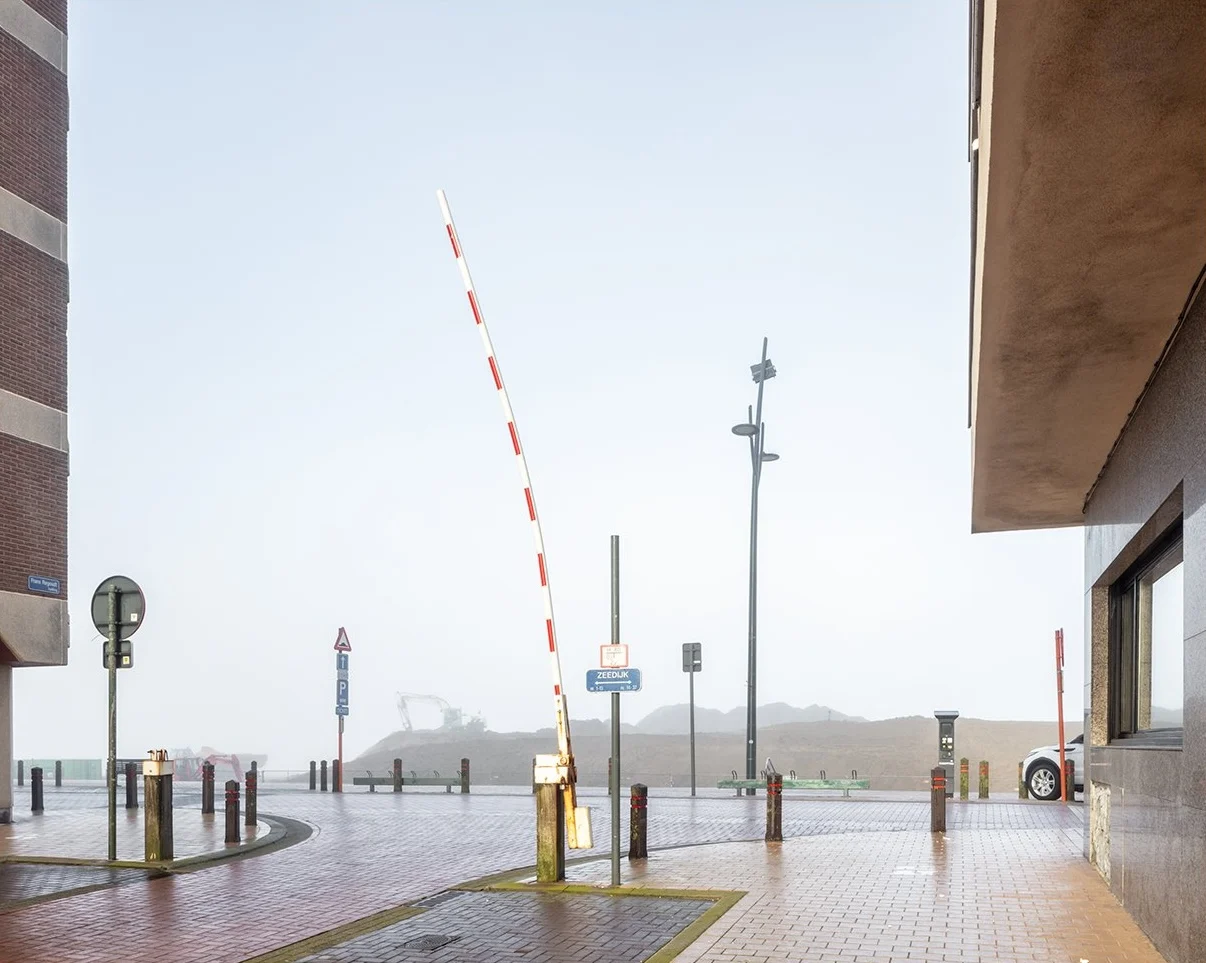
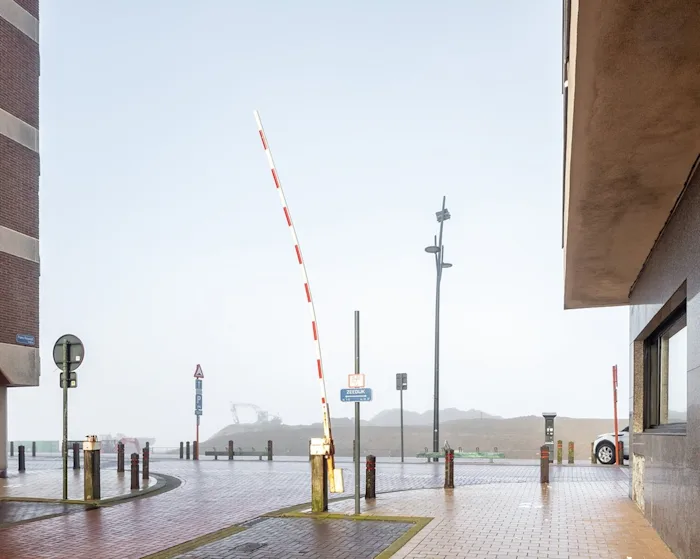
Now we have the chance to blockade the ports once again, on December 12, in conjunction with occupiers up and down the west coast. Already Los Angeles, San Diego, Portland, Tacoma, Seattle, Vancouver and even Anchorage have agreed to blockade their respective ports. These are exciting events, for sure. Now that many of the major encampments in the US have been cleared, we need an event like this to keep the sequence going through the winter months and provide a reference point for future manifestations. For reasons that will be explained shortly, we believe that actions like this — direct actions that focus on the circulation of capital, rather than its production — will play a major role in the inevitable uprisings and insurrections of the coming years, at least in the postindustrial countries. The confluence of this tactic with the ongoing attempts to directly expropriate abandoned buildings could transform the Occupy movement into something truly threatening to the present order. But in our view, many comrades continue thinking about these actions as essentially continuous with the class struggle of the twentieth century and the industrial age, never adequately remarking on how little the postindustrial Oakland General Strike of 2011 resembles the Oakland General Strike of 1946.
The placeless place of circulation
The shipping industry (and shipping in general) has long been one of the most important sectors for capital, and one of the privileged sites of class struggle. Capitalism essentially develops and spreads within the matrix of the great mercantile, colonialist, and imperial experiments of post-medieval Europe, all of which are predicated upon sailors, ships, and trade routes. But by the time that capitalism comes into view as a new social system in the 19th century the most important engine of accumulation is no longer trade itself, but the introduction of labor-saving technology into the production process. Superprofits achieved through mechanized production are funneled back into the development and purchase of new production machinery, not to mention the vast, infernal infrastructural projects this industrial system requires: mines and railways, highways and electricity plants, vast urban pours of wood, stone, concrete, and metal as the metropolitan centers spread and absorb people expelled from the countryside. But by the 1970s, just as various futurologists and social forecasters were predicting a completely automated society of superabundance, the technologically-driven accumulation cycle was coming to an end. Labor-saving technology is double-edged for capital. Even though it temporarily allows for the extraction of enormous profits, the fact that capital treats laboring bodies as the foundation of its own wealth means that over the long term the expulsion of more and more people from the workplace eventually comes to undermine capital’s own conditions of survival. Of course, one of the starkest horrors of capitalism is that capital’s conditions of survival are also our own, no matter our hatred. Directly or indirectly, each of us is dependent on the wage and the market for our survival.
From the 1970s on, one of capital’s responses to the reproduction crisis has been to shift its focus from the sites of production to the (non)sites of circulation. Once the introduction of labor-saving technology into the production of goods no longer generated substantial profits, firms focused on speeding up and more cheaply circulating both commodity capital (in the case of the shipping, wholesaling, and retailing industries) and money capital (in the case of banking). Such restructuring is a big part of what is often termed “neoliberalism” or “globalization,” modes of accumulation in which the shipping industry and globally-distributed supply chains assume a new primacy. The invention of the shipping container and container ship is analogous, in this way, to the reinvention of derivatives trading in the 1970s — a technical intervention which multiplies the volume of capital in circulation several times over.
This is why the general strike on Nov. 2 appeared as it did, not as the voluntary withdrawal of labor from large factories and the like (where so few of us work), but rather as masses of people who work in unorganized workplaces, who are unemployed or underemployed or precarious in one way or another, converging on the chokepoints of capital flow. Where workers in large workplaces — the ports, for instance — did withdraw their labor, this occurred after the fact of an intervention by an extrinsic proletariat. In such a situation, the flying picket, originally developed as a secondary instrument of solidarity, becomes the primary mechanism of the strike. If postindustrial capital focuses on the seaways and highways, the streets and the mall, focuses on accelerating and volatilizing its networked flows, then its antagonists will also need to be mobile and multiple. In November 2010, during the French general strike, we saw how a couple dozen flying pickets could effectively bring a city of millions to a halt. Such mobile blockades are the technique for an age and place in which production has been offshored, an age in which most of us work, if we work at all, in small and unorganized workplaces devoted to the transport, distribution, administration, and sale of goods produced elsewhere.
Like the financial system which is its warped mirror, the present system for circulating commodities is incredibly brittle. Complex, computerized supply-chains based on just-in-time production models have reduced the need for warehouses and depots. This often means that workplaces and retailers have less than a day’s reserves on hand, and rely on the constant arrival of new shipments. A few tactical interventions — at major ports, for instance — could bring an entire economy to its knees. This is obviously a problem for us as much as it is a problem for capital: the brittleness of the economy means that while it is easy for us to blockade the instruments of our own oppression, nowhere do we have access to the things that could replace it. There are few workplaces that we can take over and use to begin producing the things we need. We could take over the port and continue to import the things we need, but it’s nearly impossible to imagine doing so without maintaining the violence of the economy at present.
Power to the vagabonds and therefore to no class
This brings us to a very important aspect of the present moment, already touched on above. The subject of the “strike” is no longer the working class as such, though workers are always involved. The strike no longer appears only as the voluntary withdrawal of labor from a workplace by those employed there, but as the blockade, suppression (or even sabotage or destruction) of that workplace by proletarians who are alien to it, and perhaps to wage-labor entirely. We need to jettison our ideas about the “proper” subjects of the strike or class struggle. Though it is always preferable and sometimes necessary to gain workers’ support in order to shut down a particular workplace, it is not absolutely necessary, and we must admit that ideas about who has the right to strike or blockade a particular workplace are simply extensions of the law of property. If the historical general strikes involved the coordinated striking of large workplaces, around which “the masses,” including students, women who did unwaged housework, the unemployed and lumpenproletarians of the informal sector eventually gathered to form a generalized offensive against capital, here the causality is precisely reversed. It has gone curiously unremarked that the encampments of the Occupy movement, while claiming themselves the essential manifestations of some vast hypermajority — the 99% — are formed in large part from the ranks of the homeless and the jobless, even if a more demographically diverse group fills them out during rallies and marches. That a group like this — with few ties to organized labor — could call for and successfully organize a General Strike should tell us something about how different the world of 2011 is from that of 1946.
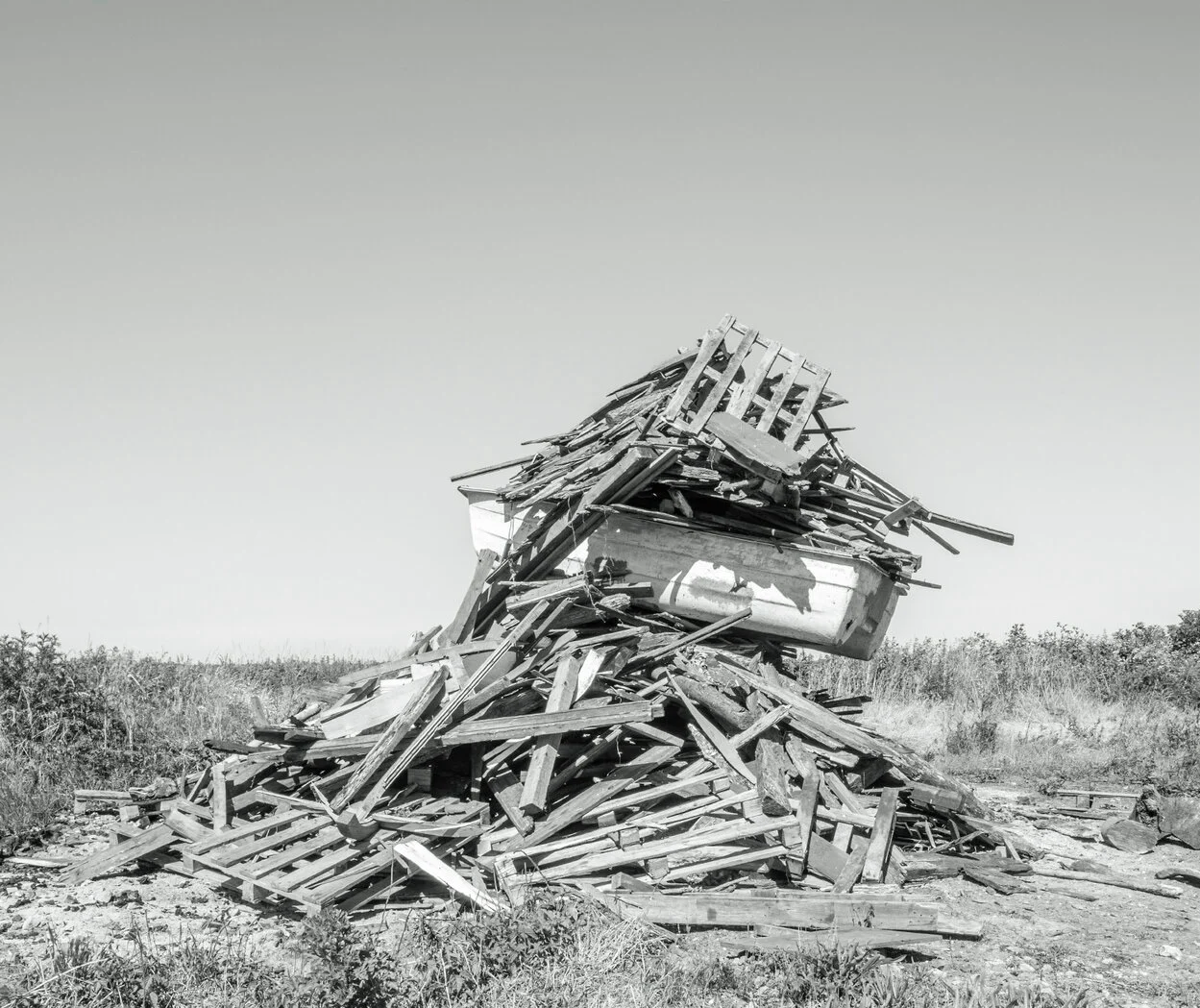
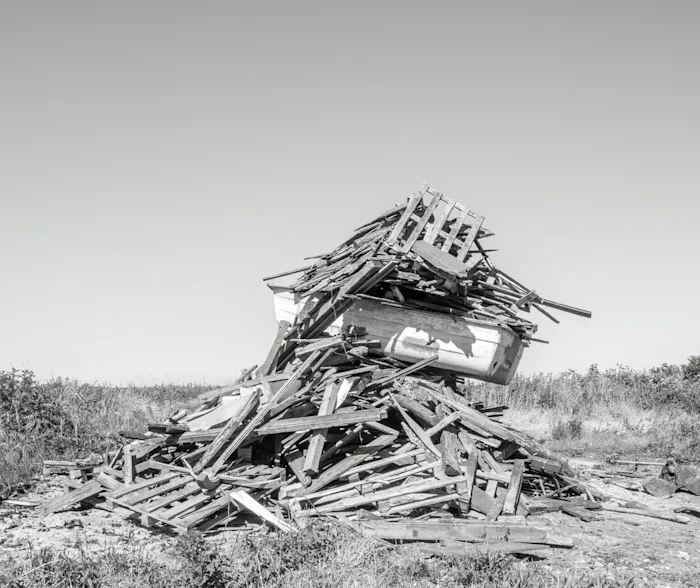
We find it helpful here to distinguish between the working class and the proletariat. Though many of us are both members of the working class and proletarians, these terms do not necessarily mean the same thing. The working class is defined by work, by the fact that it works. It is defined by the wage, on the one hand, and its capacity to produce value on the other. But the proletariat is defined by propertylessness. In Rome, proletarius was the name for someone who owned no property save his own offspring and himself, and frequently sold both into slavery as a result. Proletarians are those who are “without reserves” and therefore dependent upon the wage and capital. They have “nothing to sell except their own skins.” The important point to make here is that not all proletarians are working-class, since not all proletarians work for a wage. As the crisis of capitalism intensifies, such “wageless life” becomes more and more the norm. Of course, exploitation requires dispossession. These two terms name inextricable aspects of the conditions of life under the domination of capital, and even the proletarians who don’t work depend upon those who do, in direct and indirect ways.
The point, for us, is that certain struggles tend to emphasize one or the other of these aspects. Struggles that emphasize the fact of exploitation — its unfairness, its brutality — and seek to ameliorate the terms and character of labor in capitalism, take the working-class as their subject. On the other hand, struggles that emphasize dispossession and the very fact of class, seeking to abolish the difference between those who are “without reserves” and everyone else, take as their subject the proletariat as such. Because of the restructuring of the economy and weakness of labor, present-day struggles have no choice but to become proletarian struggles, however much they dress themselves up in the language and weaponry of a defeated working class. This is why the Occupy movement, even as much as it mumbles vaguely about the weakest of redistributionary measures — taxing the banks, for instance — refuses to issue any demands. There are no demands to make. Worker’s struggles these days tend to have few objects besides the preservation of jobs or the preservation of union contracts. They struggle to preserve the right to be exploited, the right to a wage, rather than for any expansion of pay and benefits. The power of the Occupy movement so far — despite the weakness of its discourse — is that it points in the direction of a proletarian struggle in which, instead of vainly petitioning the assorted rulers of the world, people begin to directly take the things they need to survive. Rather than an attempt to readjust the balance between the 99% and the 1%, such a struggle might be about people directly providing for themselves at a time when capital and the state can no longer provide for them.
Twilight of the unions
This brings us finally to the question of the unions, the ILWU in particular, its locals, and the rank-and-file port workers. Port workers in the US have an enormously radical history, participating in or instigating some of the most significant episodes in US labor history, from the Seattle General strike of 1919, to the battles on the San Francisco waterfront in 1934 and the sympathy strikes that spread up and down the coast. The ferocious actions by port workers in Longview, Washington — attempting to fight off the incursion of non-ILWU grain exporter EGT — recall this history in vivid detail. Wildcatting, blockading trains and emptying them of their cargo, fighting off the cops brought in to restore the orderly loading and unloading of cargo — the port workers in Longview remind us of the best of the labor movement, its unmediated conflict with capital. We expect to see more actions like this in this new era of austerity, unemployment and riot. Still, our excitement at the courage of Longview workers should not blind us to the place of this struggle in the current crisis of capitalism. We do not think that these actions point to some revitalization of radical unionism, but rather indicate a real crisis in the established forms of class struggle. They point to a moment in which even the most meager demands become impossible to win. These conditions of impossibility will have a radicalizing effect, but not in the way that many expect it to. They will bring us allies in the workers at Longview and elsewhere but not in the way many expect.
Though they employ the tactics of the historical workers’ movement at its most radical, the content of the Longview struggle is quite different: they are not fighting for any expansions of pay or benefits, or attempting to unionize new workplaces, but merely to preserve their union’s jurisdictional rights. It is a defensive struggle, in the same way that the Madison, Wisconsin capitol occupation was a defensive struggle — a fight undertaken to preserve the dubious legally-enshrined rights to collectively bargain. These are fights for the survival of unions as such, in an era in which unions have no real wind in their sails, at their best seeking to keep a floor below falling wages, at their worst collaborating with the bosses to quietly sell out workers. This is not to malign the actions of the workers themselves or their participation in such struggles — one can no more choose to participate in a fight for one’s survival than one can choose to breathe, and sometimes such actions can become explosive trigger points that ignite a generalized antagonism. But we should be honest about the limits of these fights, and seek to push beyond them where possible. Too often, it seems as if we rely on a sentimental workerism, acting as if our alliance with port workers will restore to us some lost authenticity.
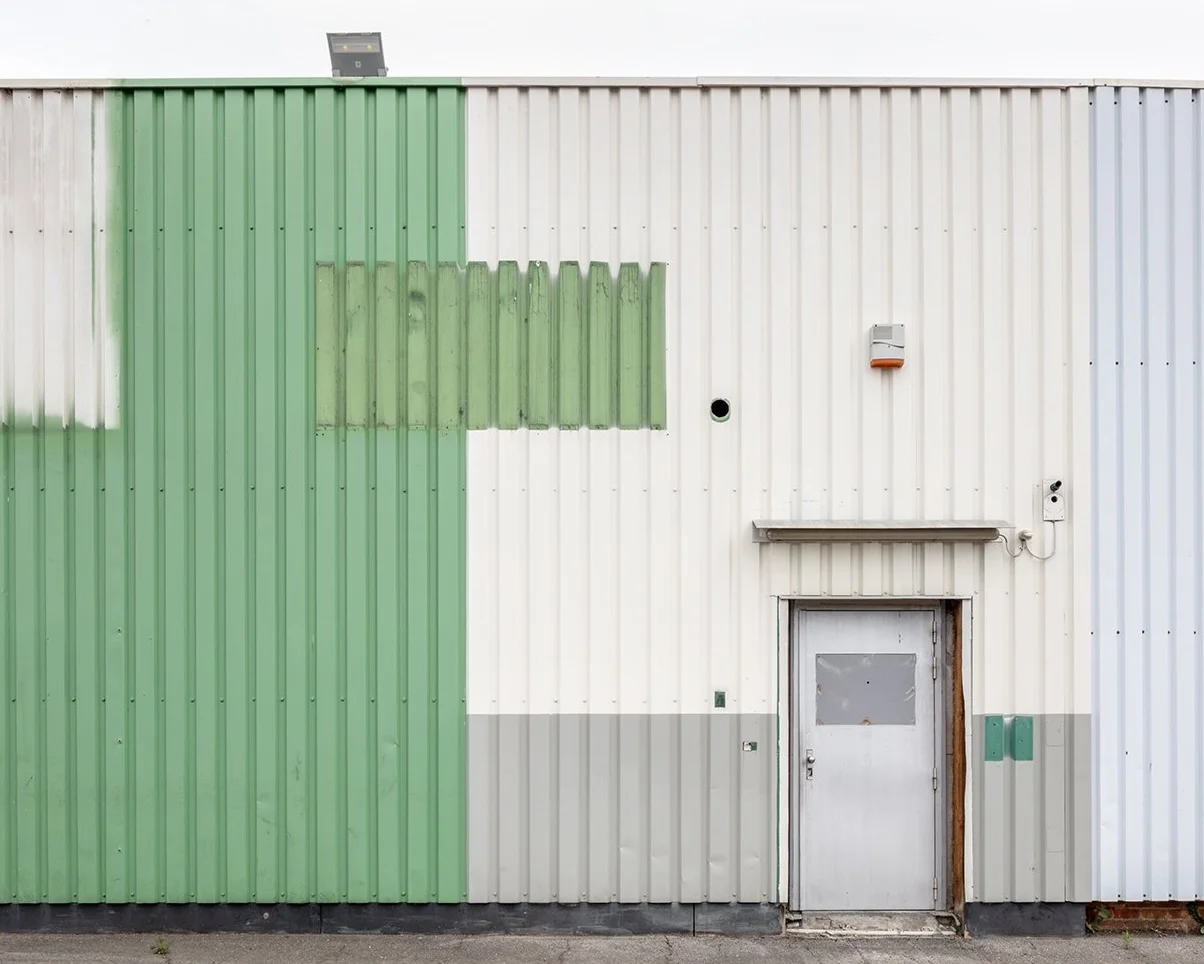
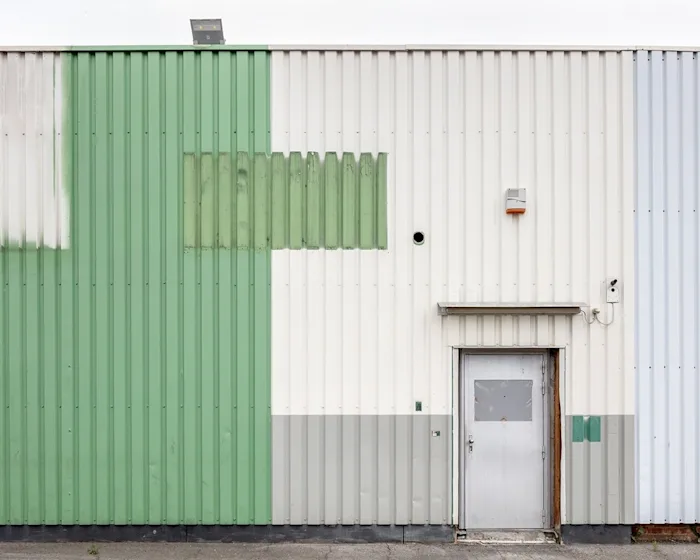
Let’s remember that, in the present instance, the initiative is coming from outside the port and from outside the workers’ movement as such, even though it involves workers and unions. For the most part, the initiative here has come from a motley band of people who work in non-unionized workplaces, or (for good reason) hate their unions, or work part-time or have no jobs at all. Alliances are important. We should be out there talking to truck drivers and crane operators and explaining the blockade, but that does not mean blindly following the recommendations of ILWU Local 10. For instance, we have been told time and again that, in order to blockade the port, we need to go to each and every berth, spreading out thousands of people into several groups over a distance of a few miles. This is because, under the system that ILWU has worked out with the employers’ association, only a picket line at the gates to the port itself will allow the local arbitrator to rule conditions at the port unsafe, and therefore provide the workers with legal protection against unpermitted work action. In such a situation we are not really blockading the port. We are participating in a two-act play, a piece of legal theater, performed for the benefit of the arbitrator.
If this arbitration game is the only way we can avoid violent conflict with the port workers, then perhaps this is the way things have to be for the time being. But we find it more than depressing how little reflection there has been about this strategy, how little criticism of it, and how many people seem to reflexively accept the necessity of going through these motions. There are two reasons why this charade is problematic. For one, we must remember that the insertion of state-sanctioned forms of mediation and arbitration into the class struggle, the domestication of the class struggle by a vast legal apparatus, is the chief mechanism by which unions have been made into the helpmeet of capital, their monopoly over labor power an ideal partner for capital’s monopoly over the means of production. Under such a system, trade unions not only make sure that the system produces a working-class with sufficient purchasing power (something that is less and less possible these days, except by way of credit) but also ensure that class antagonism finds only state-approved outlets, passing through the bureaucratic filter of the union and its legal apparatus, which says when, how, and why workers can act in their own benefit. This is what “arbitration” means.
Secondly, examined from a tactical position, putting us blockaders in small, stationary groups spread out over miles of roads leaves us in a very poor position to resist a police assault. As many have noted, it would be much easier to blockade the port by closing off the two main entrances to the port area — at Third and Adeline and Maritime and West Grand. Thousands of people at each of these intersections could completely shut down all traffic into the port, and these groups could be much more easily reinforced and provided with provisions (it’s easier to get food, water, and reinforcements to these locations.) There is now substantial interest in extending the blockade past one shift, changing it from a temporary nuisance to something that might seriously affect the reproduction of capital in the Bay Area given the above-mentioned reliance on just-in-time production. But doing so will likely bring a police attack. Therefore, in order to blockade the port with legal-theatrical means we sacrifice our ability — quite within reach — to blockade it materially. We allow ourselves to be deflected to a tactically-weak position on the plane of the symbolic.
The coming intensification of struggles both inside and outside the workplace will find no success in attempting to revitalize the moribund unions. Workers will need to participate in the same kinds of direct actions — occupations, blockades, sabotage — that have proven the highlights of the Occupy movement in the Bay Area. When tens of thousands of people marched to the port of Oakland on November 2nd in order to shut it down, by and large they did not do it to defend the jurisdiction of the ILWU, or to take a stand against union-busting (most people were, it appears, ignorant of these contexts). They did it because they hate the present-day economy, because they hate capitalism, and because the ports are one of the most obvious linkages in the web of misery in which we are all caught. Let’s recognize this antagonism for what it is, and not dress it up in the costumes and ideologies of a bygone world.
—Society of Enemies
First published December 7, 2011 on Bay of Rage.
Images: Paul D’Haese